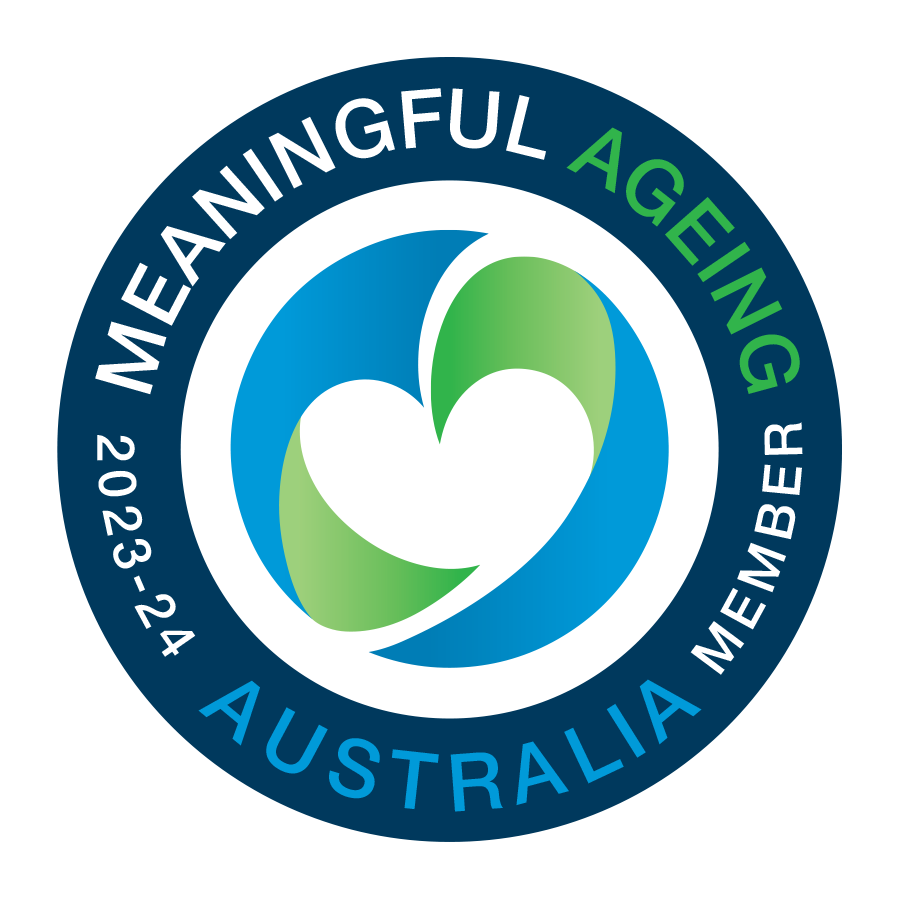Home Safety Checklist for Caregivers
When it comes to looking after your elderly loved ones, safety always comes first. Accidents can happen in the blink of an eye, and that’s the last thing you want.
Did you know: statistically, the percentage of Australians aged 65 and over will increase to 22% of our population by 2026, up on 16% in 2020. In other words, our aging demographic is growing rapidly and with that comes a very real need for improved home safety considerations.
Australia is also a country of extremes and becoming ever more so. Our summers are getting hotter and extreme weather events are on the rise. From bushfires to flooding, soaring summer temperatures and increasing humidity – these present ongoing challenges for aged health care and safety around the home.
Now, we all want to think our elderly loved ones are safe and secure in their home! A home safety checklist is a handy way to methodically check, assess, and address potential hazards around the home. Your ultimate goal is to create a safe, comfortable, age-appropriate living space. And be able to adapt on the fly should the need arise.
Pay close attention to every inside and outside aspect of the home – lighting, flooring, entrances, fire safety, emergency plans and so on. Identify and rectify potential trip hazards. Make sure electrical outlets are safe and secure. Check that areas like the bathroom and toilet are easily accessible and functional.
We’ve provided a basic list below you can use as a starting point for your own checklist. Alternatively, bear in mind that approved home care providers like Aunty Grace can also help with caring for your loved one.
-
General Home Safety
- Remove clutter from walkways and common areas.
- Ensure adequate lighting in all rooms, hallways, and staircases.
- Check that all smoke and carbon monoxide detectors are functional.
- Have a fire extinguisher accessible and ensure it's in working condition.
- Create an emergency evacuation plan and practise it regularly.
Bathroom Safety
- Install grab bars near the toilet, shower, and bathtub.
- Use non-slip mats in the shower or bathtub.
- Ensure the water heater is set to a safe temperature to prevent burns.
- Store medications in a locked cabinet or out of reach.
- Keep electrical appliances away from water sources.
Kitchen Safety
- Store sharp objects and utensils out of reach or in locked drawers.
- Ensure that stove knobs are inaccessible or have safety covers.
- Store cleaning supplies in a locked cabinet.
- Check that the refrigerator temperature is set correctly to prevent food spoilage.
- Keep a first-aid kit easily accessible.
Bedroom Safety
- Ensure that the path from the bed to the bathroom is clear of obstacles.
- Consider using a bed rail to prevent falls.
- Keep a lamp or flashlight within easy reach of the bed.
- Store personal items and necessities within easy reach.
Living Area Safety
- Secure or remove any loose rugs to prevent tripping.
- Ensure furniture is sturdy and does not wobble.
- Keep cords and wires organised and out of walkways.
- Place a phone in a central location, preferably with large buttons and emergency numbers pre-programmed.
Stair and Hallway Safety
- Install handrails on both sides of staircases.
- Ensure stairs are well-lit and free of clutter.
- Consider installing a stair gate if the person in your care is at risk of falls.
- Check that hallways are free of obstacles and have adequate lighting.
Medication Safety
- Keep all medications in their original containers with clear labels.
- Use a pill organiser to manage daily medications.
- Store medications in a cool, dry place out of reach.
- Regularly review and dispose of expired medications.
Emergency Preparedness
- Have a list of emergency contacts readily available.
- Ensure there's a working phone in the home at all times.
- Keep a backup power source, like a flashlight with extra batteries.
- Store essential supplies, such as water, non-perishable food, and medications, in case of emergencies.
Outdoor Safety
- Ensure walkways and driveways are free of obstacles and are well-lit.
- Install handrails on outdoor steps.
- Check that outdoor furniture is stable and safe to use.
- Lock away any garden tools or chemicals.
Regular Maintenance
- Schedule regular checks for potential hazards.
- Ensure all appliances are in good working order.
- Check windows and doors for secure locks.
- Regularly test smoke and carbon monoxide detectors.
By following this checklist, caregivers can create a safer environment for their loved ones, minimising risks and ensuring peace of mind. If you are looking for home care services, look no further then Aunty Grace.



